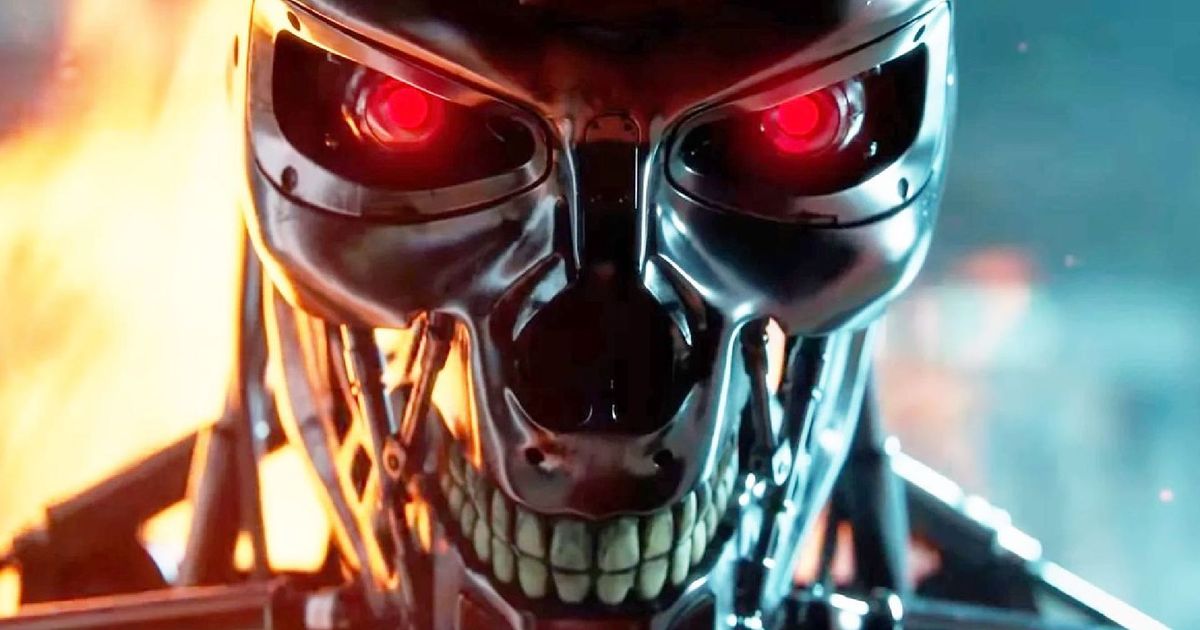Typically, robots are built by humans — or at least guided by humans. However, in the very near future, robots will be built by other robots, devices that learn how to build, repair and improve themselves.
A more advanced version of the modern-day assembly line, robots creating robots could be great for business. But if robots are creating and improving themselves, what happens to humans?
Robotic automation has been an issue for decades, one that’s recently proven to exacerbate wealth inequality. With human waiters being replaced with robot waiters, is this another example of work being taken away from humans?
Whatever the case, a team of researchers at MIT’s Center for Bits and Atoms have created self-building robots. More specifically, the team has created “voxels” a robotic subunit that can build a basic robot and them improve it over time.
The voxel robots are still far away from creating full humanoid robots such as a Tesla Bot. However, they are rudimentary first-generation versions of a grand idea. In the future, this technology may result in huge production lines of new robots.
Currently, each robot connects subunits to itself using magnets. Over time, these robots create larger bodies that can work to complete specific tasks. Furthermore, they can split into smaller individual robots to make more effective use of their materials.
The voxels that make up these self-building robots are parts that can transmit power and data. This means that they can communicate with each other when they’re together, allowing parts to seamlessly join each other. However, each robot is entirely dependant on the existence of a “base unit”, a main source of intelligence.
Unfortunately, there’s not really a wide span use case for what the current generation of voxelbots can do. While they can perform basic tasks and create clones of themselves, the robots are still incredibly rudimentary.
Furthermore, what will we actually do once self-building robots are here to stay? Will the cost of new robots be brought down? (Let’s be honest: absolutely not. Profit is profit, after all.)






